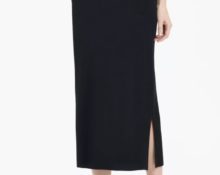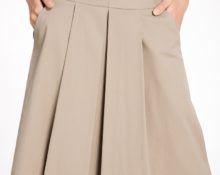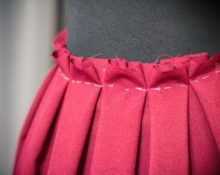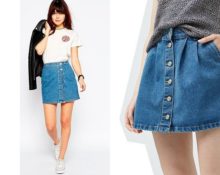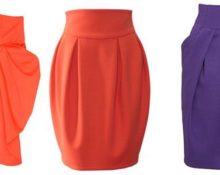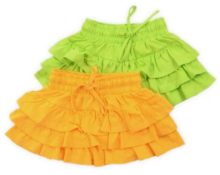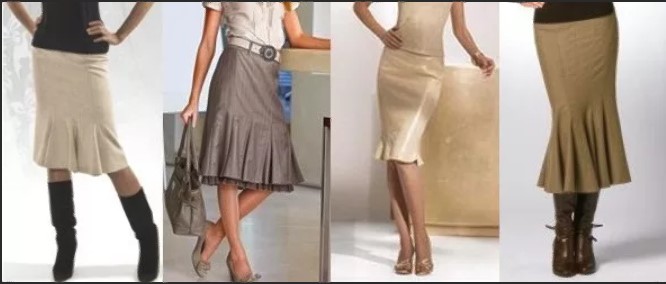 A six-piece skirt is part of the basic wardrobe of almost any woman. She helps create different looks even for overweight ladies, using a minimal set of things. This elegant skirt will decorate any look: from office to festive. And with a huge selection of fabrics, it’s not difficult. We offer various step-by-step patterns (photo).
A six-piece skirt is part of the basic wardrobe of almost any woman. She helps create different looks even for overweight ladies, using a minimal set of things. This elegant skirt will decorate any look: from office to festive. And with a huge selection of fabrics, it’s not difficult. We offer various step-by-step patterns (photo).
Elegant six-piece skirts
These models usually assume a length midi (from knee to ankle) and maxi - below the ankle. There are quite a few mini-options; the minimum length starts from the palm above the knee.
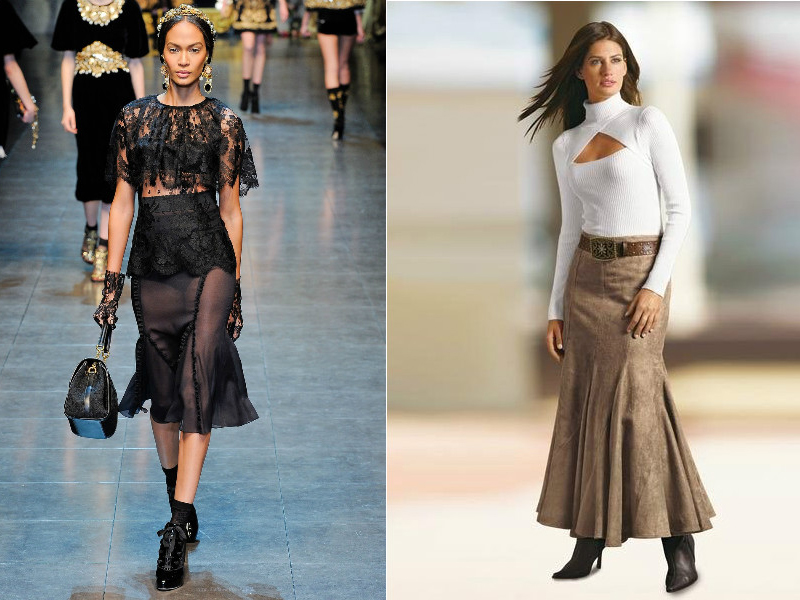
A – silhouetteThe look created by this skirt visually elongates the figure, makes you slim and youthful. That is why this style is not forbidden to be worn by ladies of any size and age.
In addition to the strict lines of conventional wedges, options are possible year – flared skirts. They are built on the basis of conventional six-blade blades.
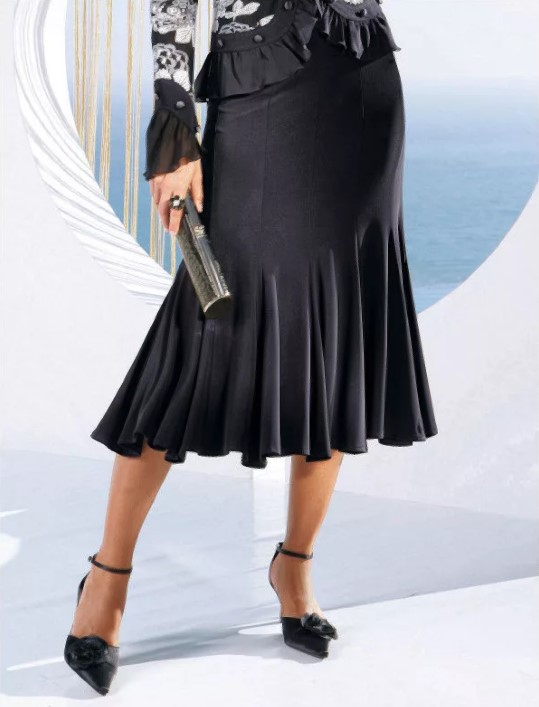 The lineup:
The lineup:
- Skirts with frills.
- Models on the yoke. The yoke pattern is being made. After this, a wedge is modeled, but instead of the waist line we take the yoke line.
- Godet.
- Models with offset wedges. The wedge lines are rounded, go in a spiral, and so on.
- Set-in frills and flounces. The patterns are cut and the frill pattern is made. The frill is then sewn inside the wedge. After this, the individual pieces are stitched together.
- Prefabricated wedges made of various materials, including lace, mesh, leather.
Taking measurements
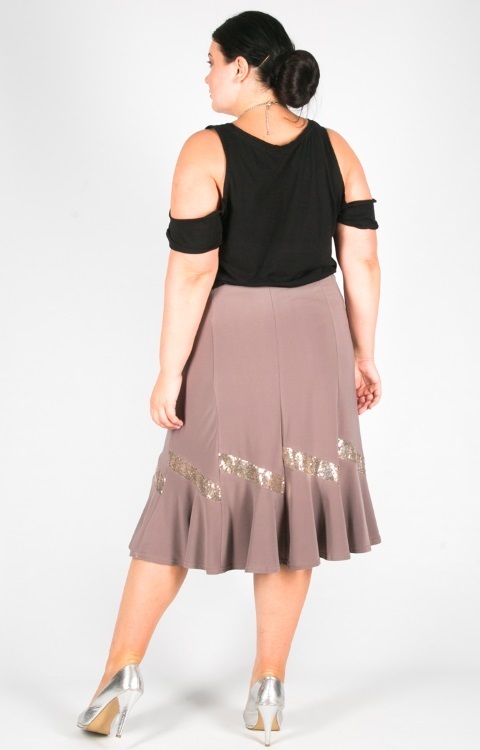
To create a pattern we will need the following measurements:
- Waist circumference - measure at the thinnest part of the body.
- Hip circumference - measure along the hip line (protruding bones).
- Hip height - takes measurements from the waist line along the hip line along the side seam. For skirts made of wedges, measurement is required; it shows from which place we begin the moderate flare.
- Skirt length is the distance from the waist line to the expected length of your product.
Step by step we build a six-piece skirt pattern
It’s not difficult to create a pattern, but it’s convenient to include all the measurements and features of the figure. The finished pattern somewhat narrows the variability.
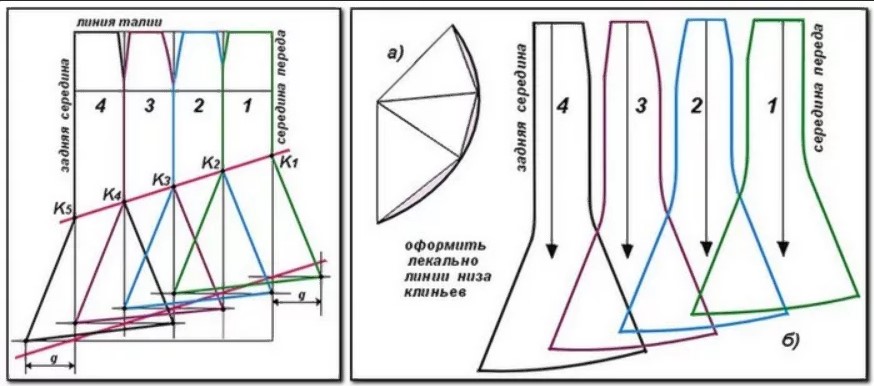
Pattern details:
- Wedge – 6 pieces.
- The belt is one piece with a fold.
There are two ways to construct a wedge skirt:
- By changing the pattern - the base.
- By modeling the pattern of one wedge.
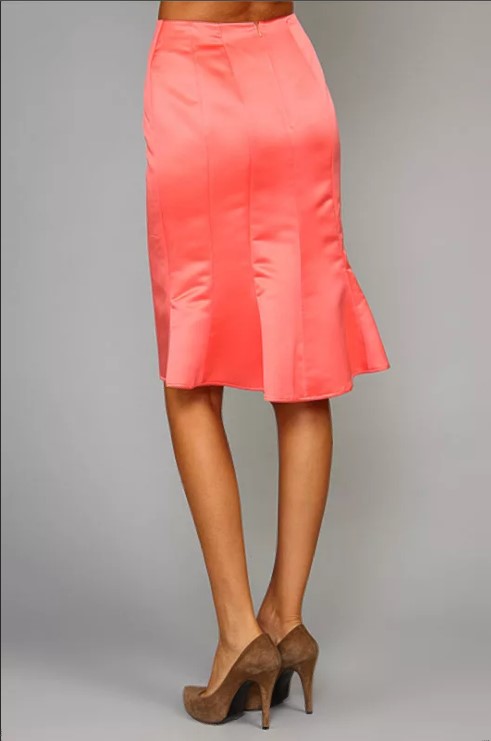
Base – straight skirt
Construction based on a pattern - the basics.
First of all, a pattern is needed - the basis of a straight skirt. All other variations and models of skirts are built on its basis. If you have it, then the rest is just formalities. If you have never built a foundation, then a good, well-fitting old straight skirt can help you out.
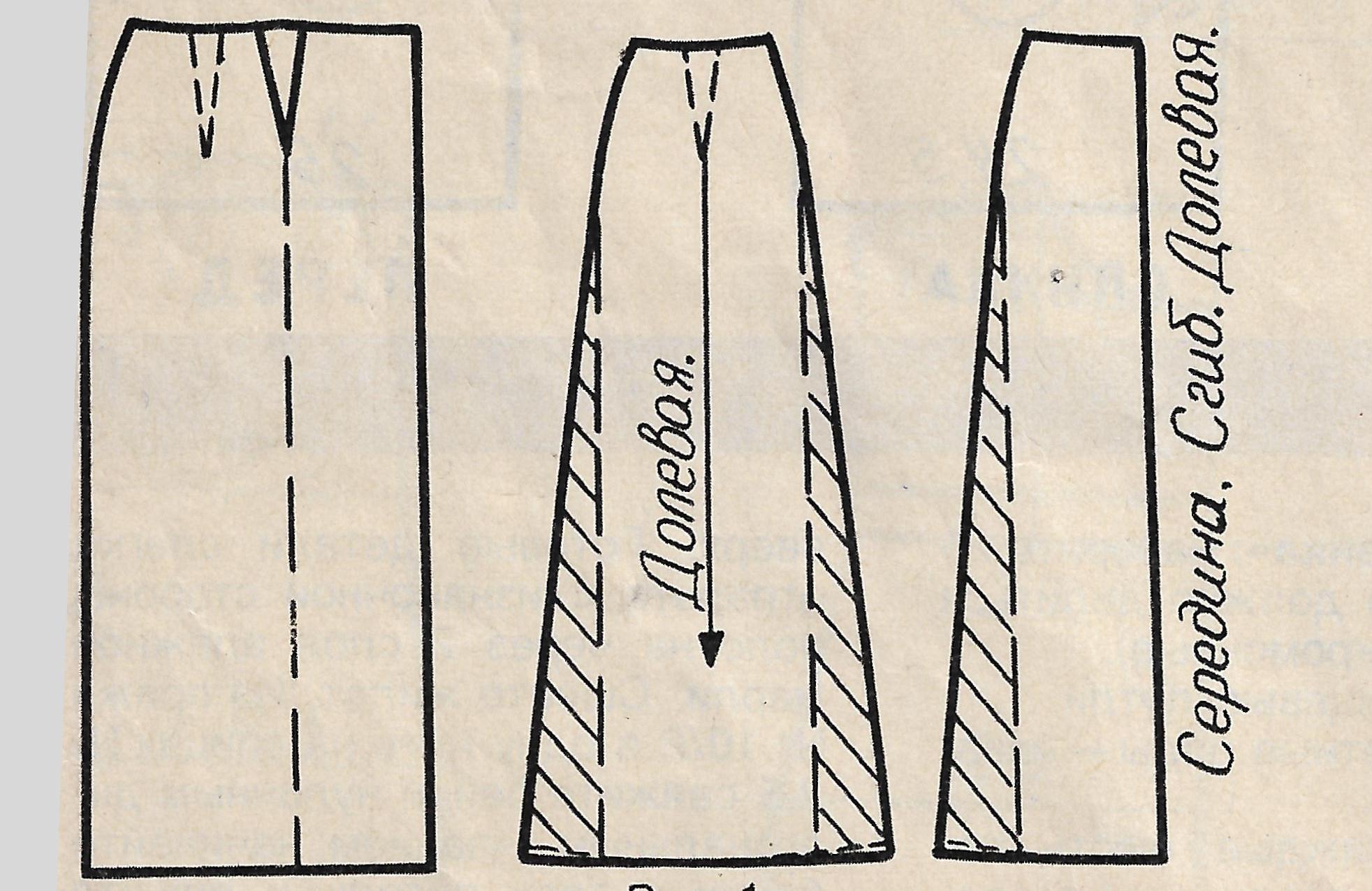
We rip it apart, circle it - our base is ready:
- The wedges do not have to be exactly the same; the middle one may differ from the side ones.
- We find out how far from the middle of the front panel the seams will be located.
- On the front panel we draw a vertical line parallel to the middle.
- We transfer the dart onto it.
- If the dart is very large (wide or deep), then only a part of 2 cm can be transferred; the remaining width is removed into the side seam.
- Cut the pattern along the resulting outline.
- Circle both blanks.
- The share is strictly vertical!
- We carry out slopes - extensions to the hem, on average 4-10 cm.
- Align the hem line.
- We worked with half of the front, getting one side wedge and half of the middle wedge from it.
- There is a fold of fabric in the middle of the middle wedge.
- In total, there are three wedges on the front panel.
- We model the rear panel in the same way.
Wedge pattern
We make a pattern for one wedge according to our measurements
Wedges are very easy to build, there doesn’t have to be six of them, maybe four, eight, ten, but the models, in this case, will be called differently.
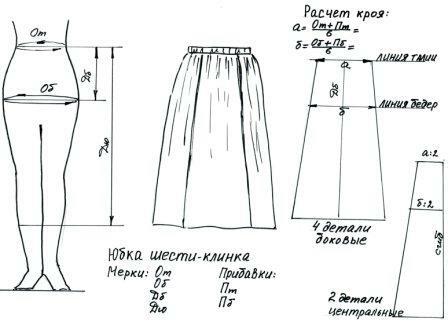
We carry out the following calculations and constructions:
- Determine the number of wedges.
- Divide the circumference of the waist and hips by 6 (the number of wedges). If the result is a fractional number, round to the nearest tenth.
- We are building a trapezoid.
- A = waist circumference, plus increase in waist (1.5-3 cm), divide everything received by six.
- B = hip circumference, plus increase in hips (2-5 cm), divide everything received by six.
- We set the length of the product strictly along the line of the grain thread.
- We define the width of the wedge along the bottom edge as the width of the skirt along the hem divided by six.
- We take into account the length (height) of the thigh, and it is from this that we draw the thigh line.
- Round the bottom line.
- The middle part with a fold running strictly along the lobar.
- The simplest pattern is ready.
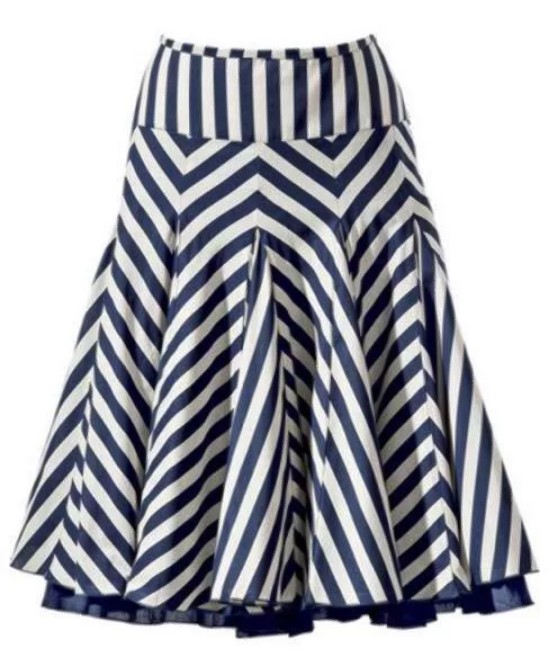
Layout on fabric
Layout of fabric patterns is possible in two ways:
If the pattern on the fabric is not expressed, then you can lay it out “jack”, that is, alternate the top and bottom of the individual elements.
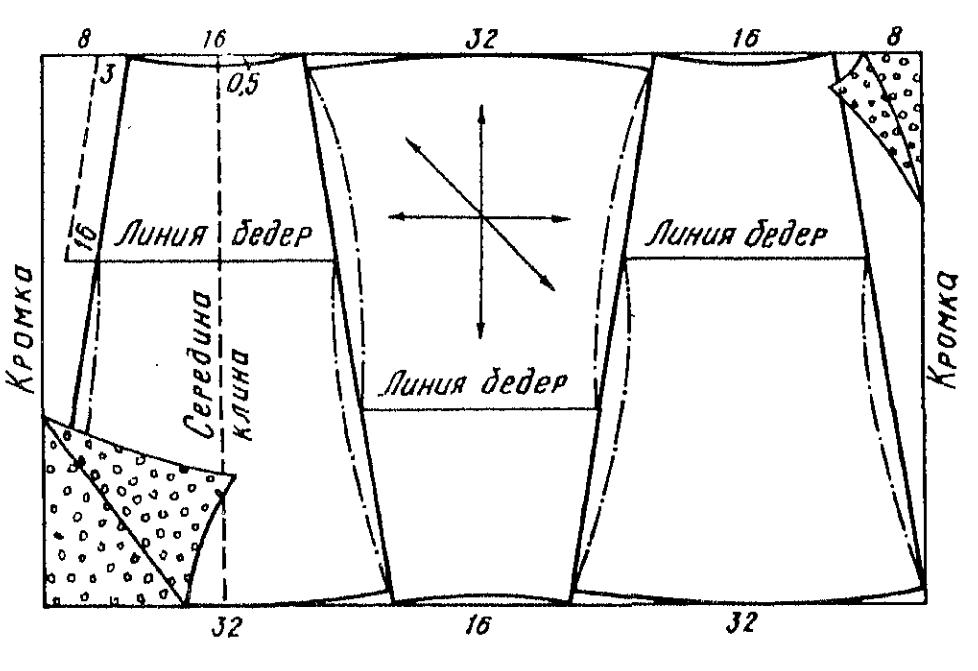
If checkered material, a directional floral print or stripe, then we place all the details in parallel, strictly one after another, so that the pattern from one area smoothly transitions to another with the least loss.
Advice! Consider the direction of the pattern on the fabric when purchasing fabric. It may cost 1.5-2 times more if the pattern is large and has a clear direction. The same goes for fabric pile.
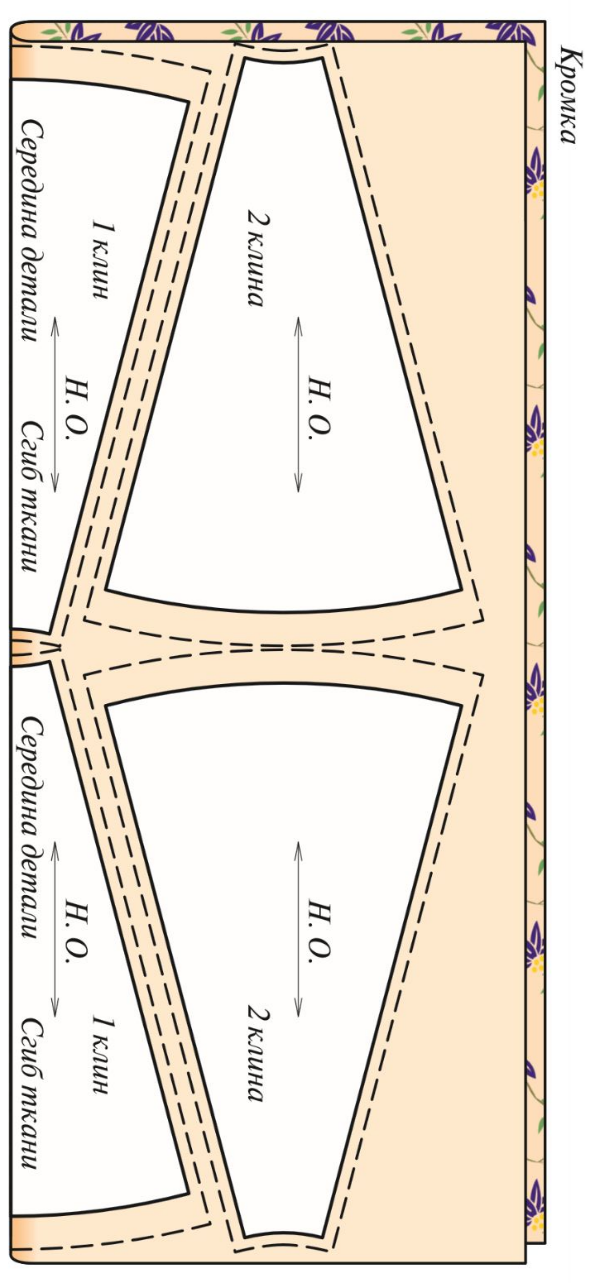
After laying out the parts, we chalk the parts, not forgetting the seam allowances, and cut them out.
Sewing the product
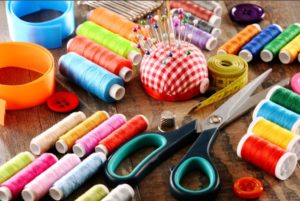 We will need:
We will need:
- Fabric – 2 skirt lengths, plus 10 cm for the waistband.
- Fastening – zipper, 15-20 cm.
- Button.
- Belt pad.
- Threads to match.
- Tailor's scissors, chalk.
Progress:
- Stitch the wedges together, leaving 20 cm unstitched in the side seam for fastening.
- Sew on a zipper; if it is not hidden, make sure that the teeth are not visible.
- Tissue the belt cleanly, turn it inside out, and stitch it.
- Sew the belt to the skirt; to do this, fold it so that the top cut of the panel is between the layers of the belt.
- Sew a button.
- Sew a loop around the waistband.
- Sew the bottom edge of the skirt.
- Fold and sew with a blind seam using a machine stitch or by hand.
- Iron the skirt.
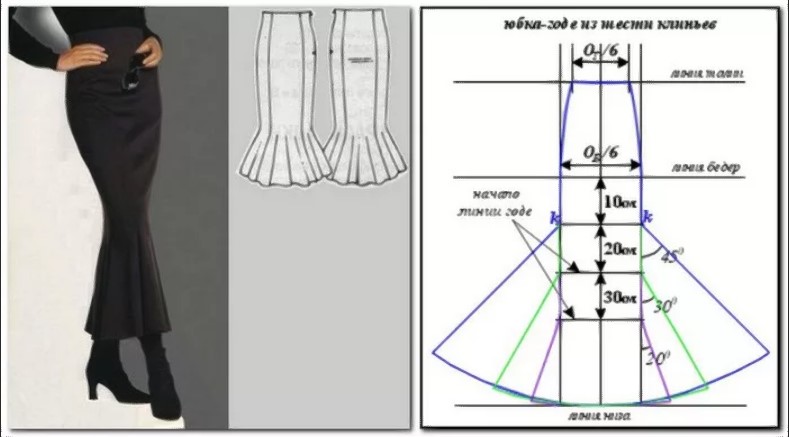
Having a universal pattern, it is easy to model it, and get skirts that are completely different in appearance, using materials of different textures.


 0
0